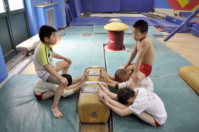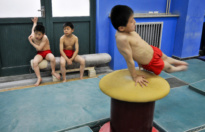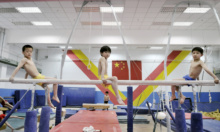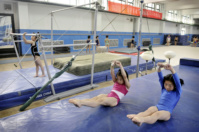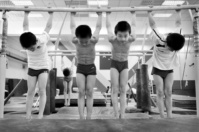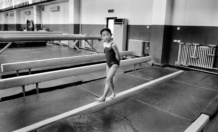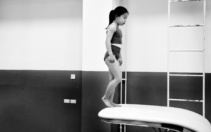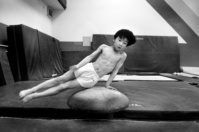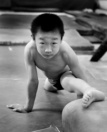They are six years old and their faces show the strain of having to haul their heads above the bar repeatedly, but they do not utter a sound. Nor does any of their classmates, none older than 11, who are going through their drills under the watchful, un-smiling gaze of their coaches.
Sport is a serious business at the Shichahai School, which is one of more than 300 elite, and controversial, government-funded academies devoted to training the next generation of Chinese athletes. Founded in 1958, Shichahai has played a major role in this transformation, but some of its methods are reminiscent of those used by the Soviet Union and Eastern bloc states during the Cold War. Some 600 children aged between six and 18, from all over China, board full-time. Six days a week, they study in the mornings and train for four hours in the afternoon in one of the five sports in which the school specialises: gymnastics, taekwondo, volleyball, badminton and table tennis.



